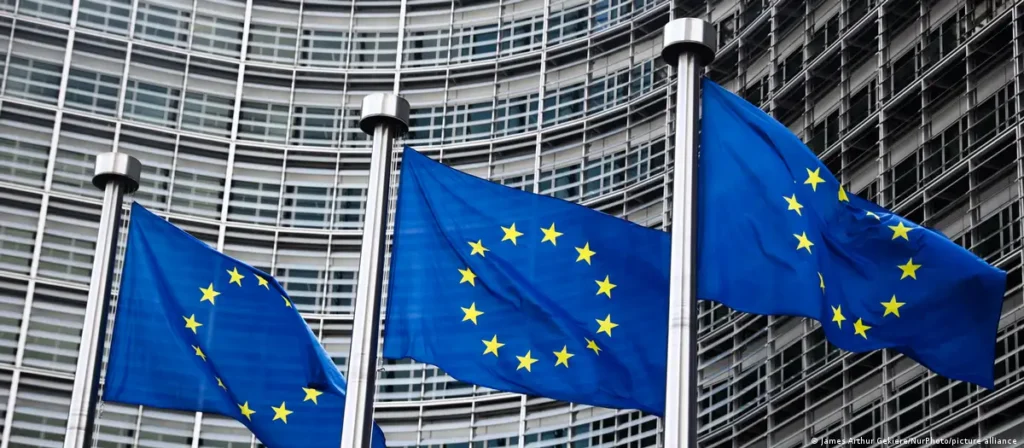As the European Union’s parliamentary elections take place, voters across 27 member states have begun casting their ballots in what is seen as a critical moment for the future of the EU. The elections, held every five years, determine the makeup of the European Parliament, an institution pivotal in shaping EU policy and legislation. Today, we will provide live updates and in-depth analysis as the polls open and early exit polls start to reveal emerging trends and potential surprises.
EU Election Day – Polls Open Across Europe
In an impressive display of democracy, polling stations have opened their doors across the European Union, welcoming millions of voters who will decide the composition of the next European Parliament. From the bustling cities of Germany to the tranquil towns of Portugal, the air is charged with anticipation. The EU Parliament, which plays a crucial role in crafting European policies, will be shaped by the choices made today. Each member state has a set number of seats, proportional to its population, and voters are electing MEPs (Members of the European Parliament) who will represent their interests on the continental stage.
This election cycle has seen a remarkable range of issues at the forefront of campaign debates, including climate change, migration, economic recovery post-COVID-19, and digital transformation. These are not just local or national issues but are deeply interconnected with the broader European agenda. As such, voter turnout is expected to be a key indicator of public engagement with the EU’s future direction. Early morning reports from various capitals suggest a higher turnout compared to previous years, possibly driven by the high stakes and the intense pre-election campaigning.
Security measures have also been heightened across polling stations amid concerns about potential disruptions. In several countries, including France and Sweden, there have been reports of increased police presence to ensure that the voting process is both smooth and secure. The rise in online misinformation campaigns has also led to a significant deployment of cyber-security measures, aiming to safeguard the integrity of the electoral process.
Early Exit Polls – Trends and Surprises Unfold
As the polls begin to close in some regions, early exit polls are starting to provide a glimpse into the possible outcomes of the elections. These preliminary results are indicating some unexpected shifts in voter allegiance, with many smaller, grassroots parties gaining traction over traditional powerhouses. This could lead to a more fragmented Parliament, where no single bloc holds a clear majority, thus potentially complicating the process of forming a stable coalition.
One of the more surprising threads emerging from these exit polls is the apparent surge in young voter participation, particularly in urban areas. This demographic seems to be largely backing new political movements and parties that prioritize environmental issues and digital rights. If these trends hold, they could significantly alter the legislative priorities of the upcoming Parliament, placing a stronger emphasis on sustainability and tech governance.
Moreover, the initial data is hinting at a geographical polarization within the EU, with different regions showing distinct preferences that could impact the overall balance of political power. Eastern European countries appear to be skewing towards more conservative candidates, while Western Europe shows a tilt towards liberal and green parties. This polarization could lead to intense negotiations in the coming days as parties strive to form a working majority in the Parliament.
Today’s EU parliamentary elections have set the stage for what appears to be a transformative period in European politics. As final votes are counted and more detailed results become available, the full impact of these elections will become clearer. What is evident from today’s turnout and early exit polls is the dynamic shift in voter engagement and the potential for significant political change. Stay tuned as we continue to provide updates and analysis on this pivotal event in European Union history.









